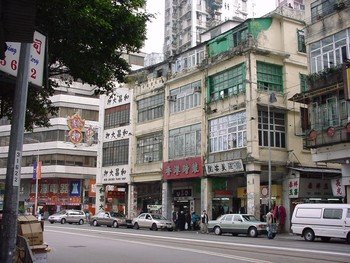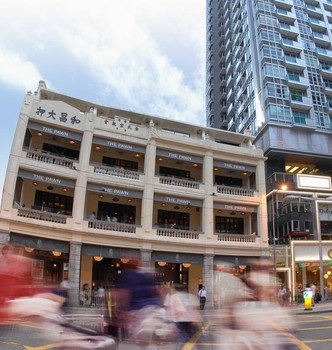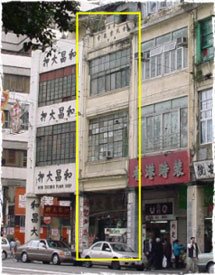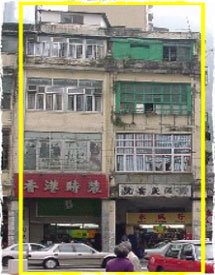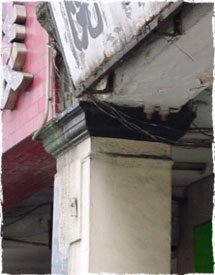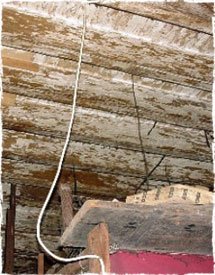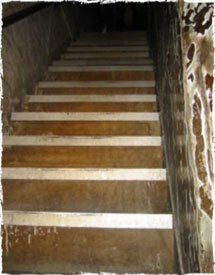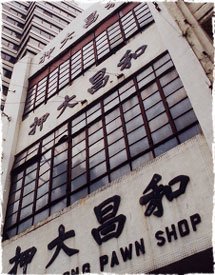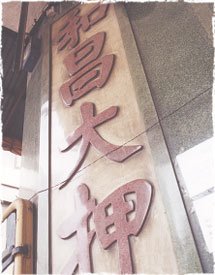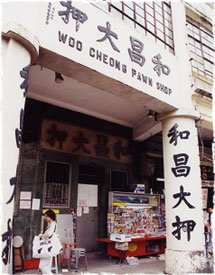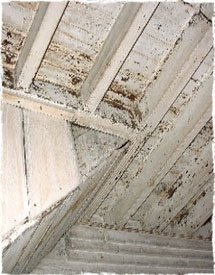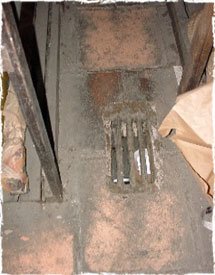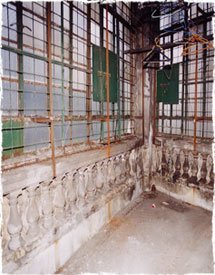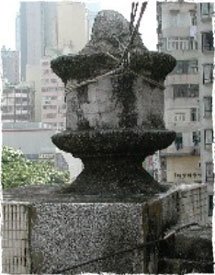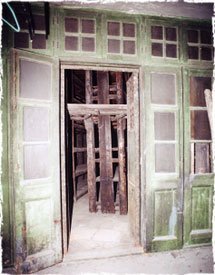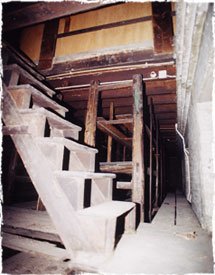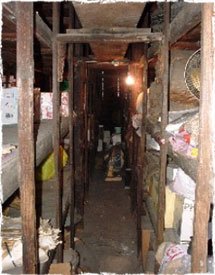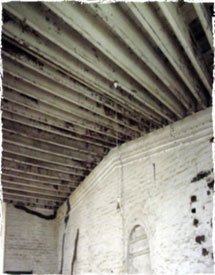Heritage Preservation & Revitalisation
60 -66, Johnston Road
- Location
- 60 - 66, Johnston Road, Wan Chai (part of the Johnston Road redevelopment project)
- No. of buildings
- 4 tenement houses
- Completion year
- 1888 - 1900s
Project Status
Please refer to Johnston Road Project (J Residence) for details.
Historical linkage
- The four bays of balcony type tenement buildings form a continuous facade verandah facing Johnston Road. It is quite likely that certain parts of the buildings could date from around 1888.
- The buildings lie on land reclaimed before 1887.
- In 1966, the Yu Clan purchased the building at 64, Johnston Road and inscribed the Chinese name of The Hong Kong Yu Clansmen Association on the top verandah facade. Woo Cheong Pawn Shop at 66, Johnston Road was originally owned by the Lo family, a well-known local pawnshop trader for over a century.
Architectural attributes
- The 4 pre-war residential blocks are unique Chinese-styled tenement houses, Tong lau, that were occupied exclusively by Chinese and predominantly seen all over southern Chinese cities and town in the nineteen centuries.
- Tong lau's existence was a culmination of a series of historic forces from economic development of Hong Kong, Second World War as well as the influx of Chinese migrants to Hong Kong.
- The shophouses were a mixture of Chinese and Western architectural features. They were built in contiguous blocks in elongated layout and characterised by their narrow frontage. The shophouses have 4 storeys with verandahs facing Johnston Road.
- Every unit is about 450 - 700 square feet with high ceiling and French windows to the balconies. Light wells are located between the living space and the kitchen at the back.
- The shophouses did not have toilet provisions. The "nightsoil" from the pail latrine was collected by government scavengers at night.
- Ground floor is devoted to family business whereas upper levels are for residential purpose.
- Covered pedestrian arcade formed by the projected balconies and the columns on ground floor provides a sheltered area.

